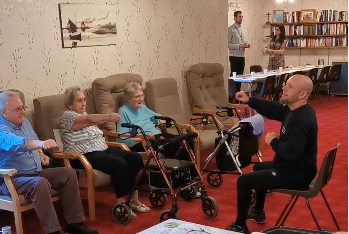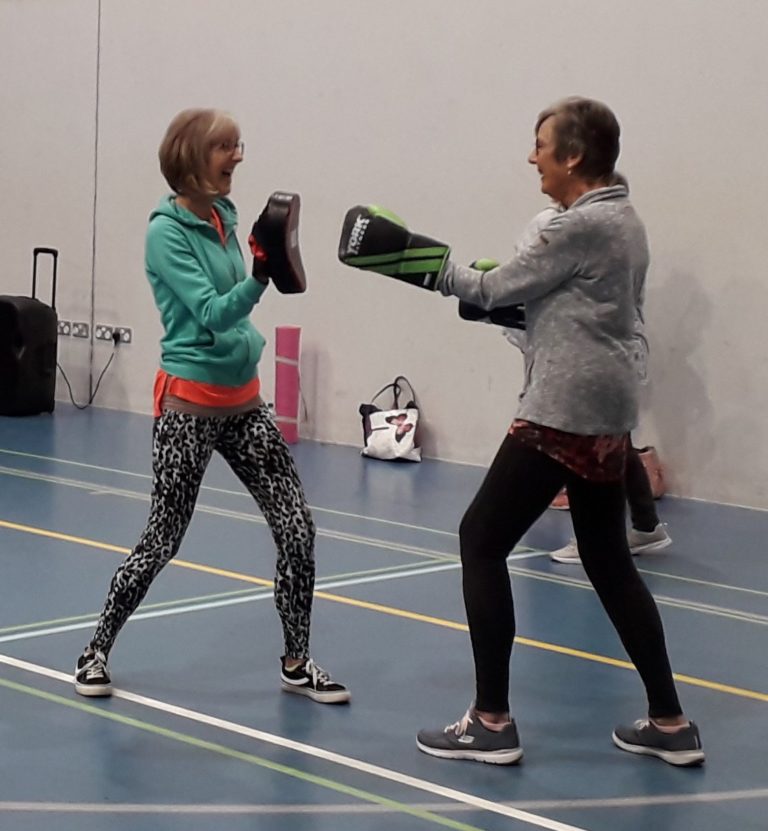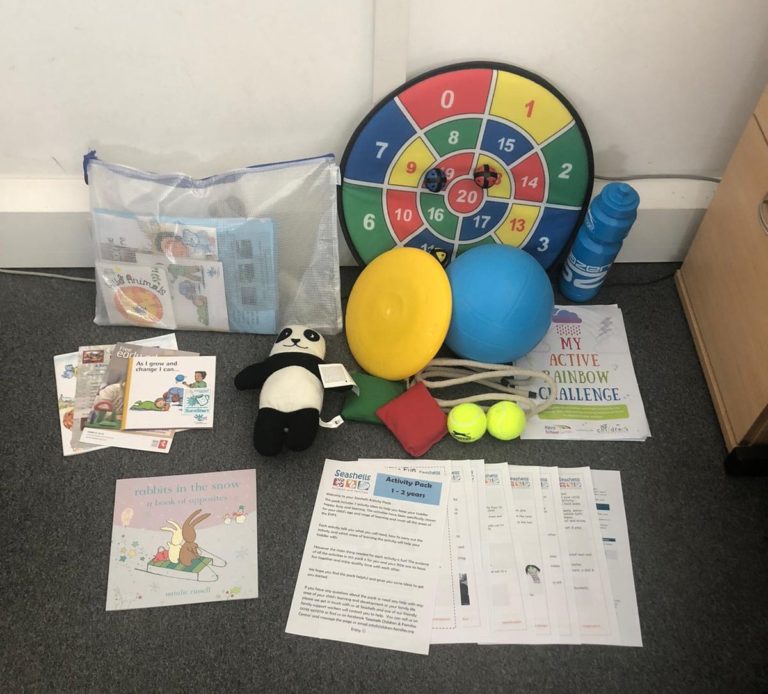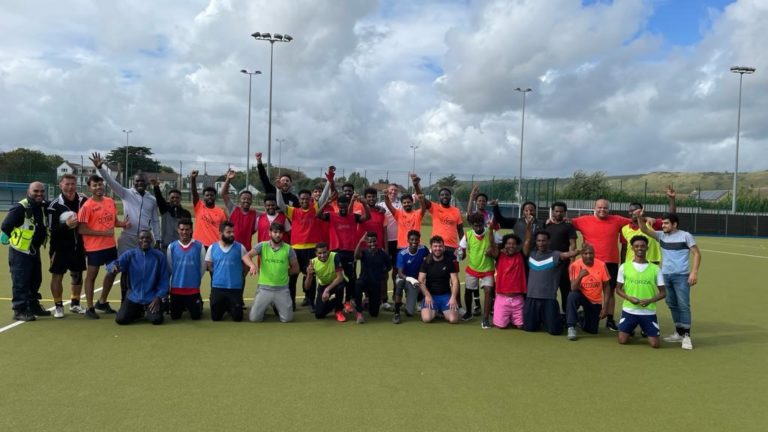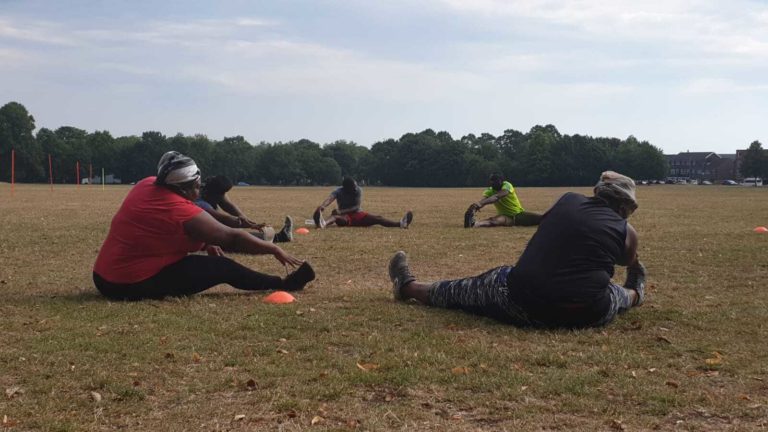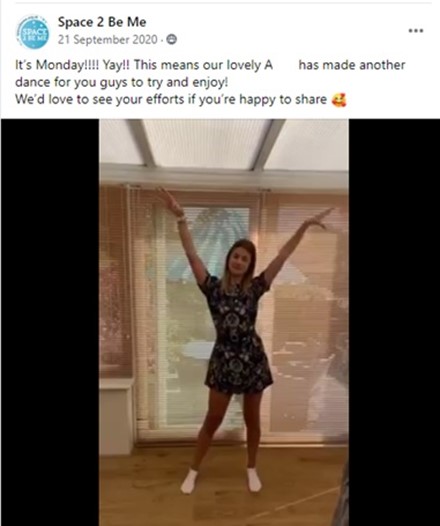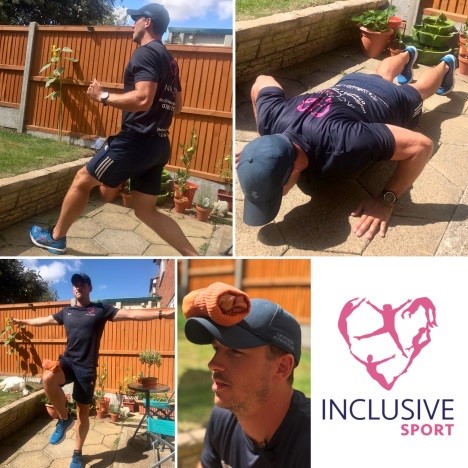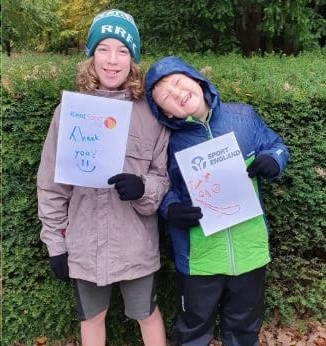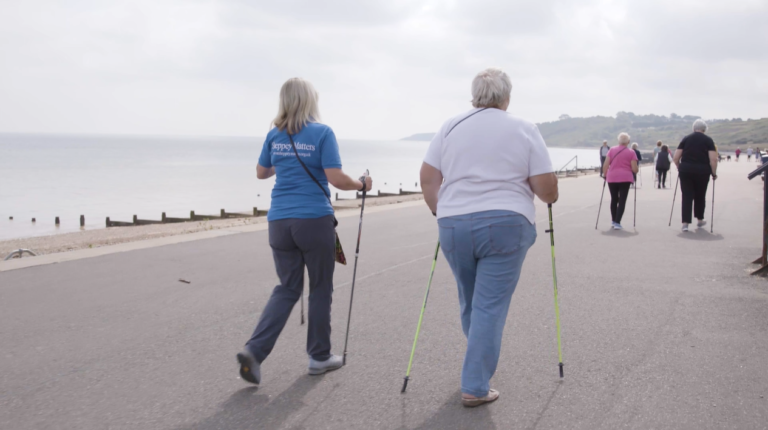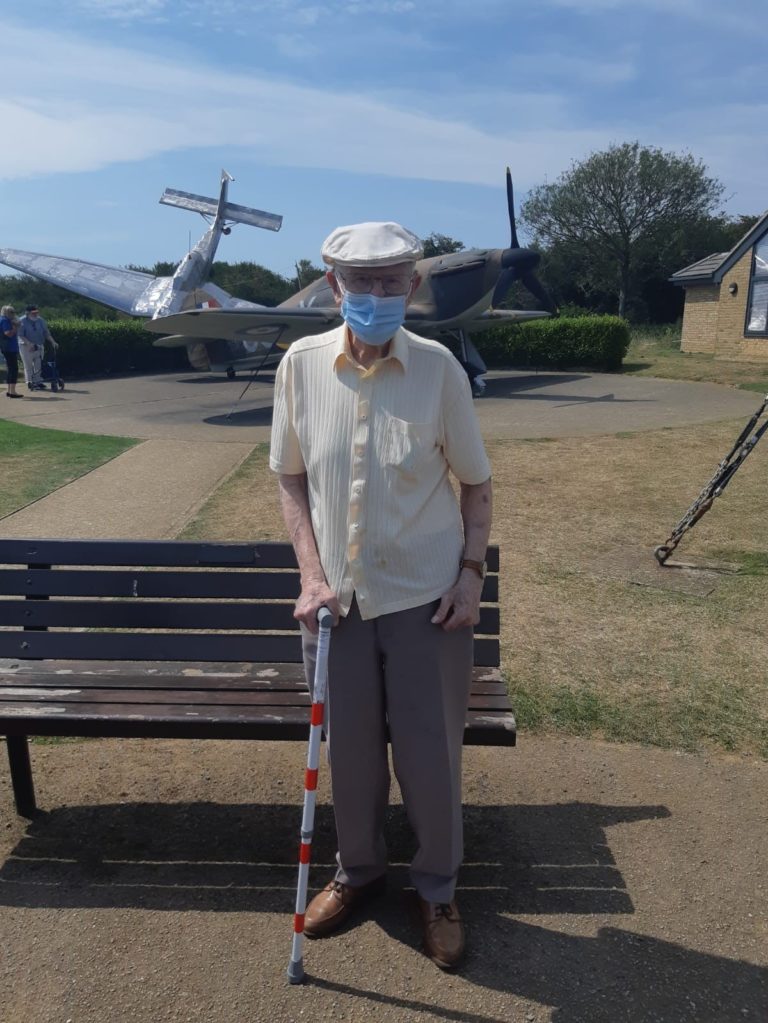Tackling Inequalities through Sport and Physical Activity
Overview
The Tackling Inequalities Fund formed part of Sport England’s 2020-2022 support package to help the sport and physical activity sector through the coronavirus crisis. The programme looked to reduce the negative impact of coronavirus and the widening inequalities in sport and physical activity in the following under-represented groups:
- Lower Socio-economic Groups
- Culturally Diverse Communities
- Disabled People
- People with a Long-term Health Condition
The funding has and continues to enable community groups working with these audiences to continue to exist and engage with their communities, with a view to keeping them active during the pandemic, through the recovery stages and beyond.
Active Kent & Medway took the decision to reach out to those most in need, by working with new and existing partners delivering on the ground and in the know, to work up projects for potential beneficiaries. The following report highlights the key findings and outcomes from these local projects. We’d like to thank all the organisations and participants who contributed to this report.
£319,600
Awarded
74
Projects
5,421
Participants
Gender
63%Female
Ethnicity
37%Culturally diverse
Disability
54%All disabilities
All figures correct as of September 2022.
Lower Socio-Economic Groups
The latest Sport England Active Lives Adult Survey shows there are still significant inequalities between different socio-economic groups and their engagement in sport and physical activity. Those less affluent are least likely to be active (52%) compared to the most affluent (71%). Sport and physical activity has been seen to support positive social change within communities by driving down crime rates, improving community connectedness and reducing social isolation.
£95,278
Awarded
19
Projects
1,036
Participants
Types of Activities:




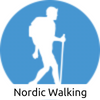







Impact of funded projects:

Improved mental health
Increased physical activity levels
Reduced isolation
Improved community connectedness
Increased family engagement
Developed partnership working
“They are Magic poles. I haven’t walked that far in years. I can’t believe I’m not in pain, I can’t believe how upright I am walking. I can breathe better now I’m able to walk more.” Participant, Sheppey Matters
Recommendations when working with lower socio-economic groups:
1. Be flexible in your offer. Be prepared to adapt your offer to suit your participants needs. Continually consult to find out if and where they need support.
2. Partnership working. Develop new partnerships with local charities, clubs and organisations. They can offer expertise, advice, facilities, equipment and new audiences.
3. Develop exit routes. Link in with local clubs to provide exit routes for participants who want to further their skills. Offer taster sessions at clubs to build relationships with coaches to support the transition.
4. Work with your local community. Use local knowledge and insight to understand your audience and tailor your project to suit their needs.
“If you have ever considered taking steps to a healthier lifestyle my advice to you would be just do it! I know it’s hard to find the courage to do it, but most people are kinder than you think, they really make you feel welcome.” Participant, Your Leisure
Follow this link for sketchnote ideas on how to engage lower socio-economic groups
Margaret’s story:
Hear how Nordic walking has helped Margaret to be more active in her everyday life.
Lower socio-economic groups case studies
Culturally Diverse Communities
Research shows that the number of people taking part in sport and physical activity varies by ethnic group. The latest Active Lives Adult Survey shows that Mixed and White adults continue to have the highest activity levels whilst Asian, Black and those with Other Ethnic origins are the least likely to be active. The lower levels of physical activity is not only confined to participation but also extends to spectating, volunteering and official positions, something many organisations are trying to address.
£87,722
Awarded
20
Projects
1,657
Participants
Types of activities:












Impact of funded projects:
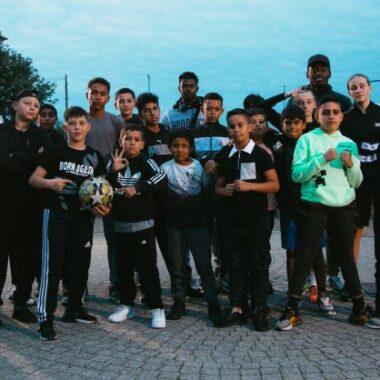
Increased physical activity levels
Improved mental health
Development of new friendships
Workforce development
Engagement and mixing of communities
Opportunities to try new sports
“The Badminton sessions have brought together women from different communities and countries of origin, united in their desire to take ownership of their wellbeing and work together to achieve it. All of us joined in a little celebratory dance at the end of one session to mark one of the Hindu festivals despite all of us being of different faiths.” Participant, Medway Diversity Forum
Recommendations when working with Culturally Diverse Communities:
1. Use your local community. Use the local people within the community to engage with your target audience and build bridges. Use this local knowledge and insight to understand your audience and where physical activity fits in their lives.
2. Involve participants from the outset. Involve the target audience in the project design and tailor the project to their needs, motivations, barriers and culture.
3. Location is key. Identify and use places and locations that are visible, accessible and familiar. Go to your audience rather than them coming to you.
4. Develop Youth Ambassadors. Create role models with an understanding of different cultures and languages to engage new members.
“It’s so important to be in tune with the community in order to deliver what is relevant to them. My advice is to take your time to get to know the community and listen as much as you can. Watch as much as you can when in and around the area where you work. People are crying out to be heard. We just need to notice and take the time to listen” Coach, All Shades of Life
Follow this link for sketchnote ideas on how to engage culturally diverse communities
Abi’s story:
Hear how learning to cycle has improved Abi’s wellbeing and helped her to be more active in her everyday life.
Culturally diverse communities case studies
Disabled People
The latest Active Lives Adult Survey shows that disabled people are almost twice as likely to be physically inactive (42.4%) compared to those without a disability (22.6%). This inequality increases as the number of impairments a person has increases. The Activity Alliance found that 78% of disabled people say their impairment stops them being active, they have less positive and inclusive experiences and feel the workforce doesn’t understand their disability. However, 77% of disabled people would like to be more active so it’s important to understand the motivations and barriers they face.
£72,492
Awarded
20
Projects
1,657
Participants
Types of activities:


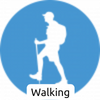
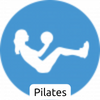









Reduced social isolation
Increased physical activity levels
Improved mental health
Reduced anxiety
Improved social skills
New friendships
“Being able to attend rugby has helped me massively, both physically in aiding my weight loss and keeping me active. Attending rugby has also helped me mentally as the club is basically an extended family and is always there if i need to talk about anything or am feeling down.” Participant, Woodland Warriors
Recommendations when working with Disabled People:
1. Create a safe environment. Safe and familiar environments that are accessible to all will make participants feel safe and accepted. Why not create a video of the venue for participants to ease anxieties.
2. Recruit staff that are relatable. Participants may need extra support to increase their confidence to attend sessions, especially at the start. Recruit staff who can identify and empathise with your participants.
3. Build in social elements. Create opportunities for participants and their parents/carers to socialise and reconnect within the sessions. This could be the start of a support network of like-minded people.
4. Listen to your audience. Involve participants in developing your offer. Give them a voice and use their feedback to steer and shape your activities.
“We have learnt more about the needs and interests of our service users in relation to physical activity. We have expanded our networks and hope to collaborate with other providers in this field.” Kent Association for the Blind
Follow this link for sketchnote ideas on how to engage disabled people
Megan’s story:
Hear how inclusive dance sessions have helped Megan to express herself and become more confident.
Disabled People case studies
People with Long Term Health Conditions
People with a long-term health condition are more likely to be inactive compared to those without. However, fear of increasing symptoms or worsening long-term problems stops people from moving more. GPs have also noted that a barrier to patients taking up physical activity is the perceived risk on their condition. However, research shows that those who are least active stand to benefit the most in terms of their health and happiness by getting active.
£64,107
Awarded
16
Projects
1,873
Participants
Types of activities:


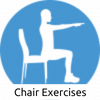










Increased mobility
Reduced social isolation and loneliness
Improved mental health
Increased independence
Development of new friendships
Increased confidence to move more
“I feel I have a bit of life back. I feel safe walking into my kitchen to make a tea or going for a walk to the end of my corridor to keep my legs working. It’s so lovely to see you and talk to someone and because I know you are coming back next week I have it keep it up!” Participant, Age UK Hythe and Lyminge
Recommendations when working with People with Long Term Health Conditions:
1. Regular contact. Speak regularly and openly with your participants. This will allow you to get to know your audience, build up trust and find out the best ways to communicate with them.
2. Cater for varied audiences. Participants may be a of varying abilities so consider how you can support and signpost as they get fitter, learn new skills, or want to try new activities.
3. Incorporate social elements. Build social elements into sessions, this allows coaches and participants to get to know one another and develop new friendships.
4. Understand your audience. Make sure you have the appropriate workforce delivering sessions to ensure group requirements are understood and worries addressed.
“The challenge has become participant led, providing much needed motivation and encouragement. It has given participants a purpose and provided physical and mental support. Participants have grown friendships and have reported how uplifted they feel as a result of the project.” Friendly Faces of Kent
Follow this link for sketchnote ideas on how to engage people with a long term health condition
Trevor’s story:
Hear how Trevor and his friends feel the benefits of connecting with the natural world to manage their anxiety and depression.
People with long term health conditions case studies
Sustainability
Sustainability of projects has been an ongoing conversation with organisations. It’s more than finding funding to continue the project, it’s a combination of several strategies to maintain elements of the project that are responsible for positive outcomes. It’s an organisation’s ability to continue providing the benefits to its community in the future.
How to make your project sustainable:
1. Link in with local partners. Partners may be able to provide advice, facilities, equipment, training and contacts. Identify local partners such as charities, voluntary services and GP practices who want to achieve the same goal. Strong partnerships can bring on board different strengths, skills and experiences to better serve communities and sustain projects.
2. Involve participants from the outset. Involve the target audience in the project development, delivery and evaluation. Building projects this way allows communities to take ownership, feel valued and support the project to continue.
3. Develop your workforce. Invest in staff, volunteer and participant training to ensure the long-term sustainability of your project. Work with local partners to develop programmes to give stakeholders additional and transferable skills.
4. Consider charging a small fee for sessions. Projects cost money, whether that’s coaching costs, facility hire or equipment. Charging participants will go some way to covering these costs and will likely mean they’re invested and value the project.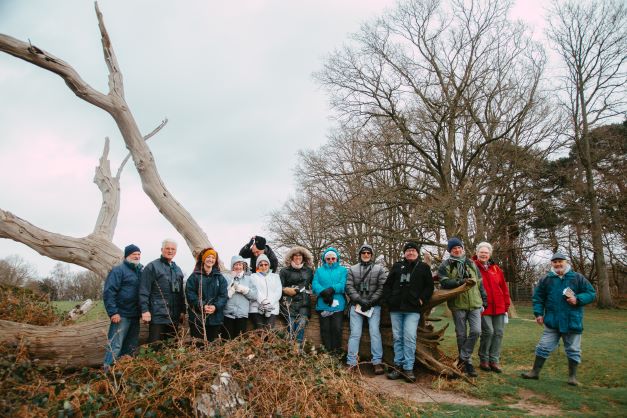
5. Develop exit routes. Link in with local clubs to provide pathways for participants who want to further their skills. Offer taster sessions at clubs to build relationships with coaches and players to reduce anxieties and support the transition.
6. Monitor and evaluate your project. This will allow you to capture project impact to support future funding and enable you to adapt, change and learn. Make sure these methods are simple, inclusive and positive.
7. Promote other local opportunities. Everyday Active provides details on a wide range of low cost, accessible, local activities, as well as hints and tips, personal stories and resources for partners.
Follow this link for sketchnote ideas on what can be done together to sustain and grow activities
Contact Us
If there’s anything in this report that you’d like to discuss or find out more information, please email activekent@kent.gov.uk and one of the team will be in touch.
If you’re a community group or organisation working with any of the under-represented groups listed above and you’re looking to engage them in sport and physical activity, please do get in touch or register your interest via our contact form.


